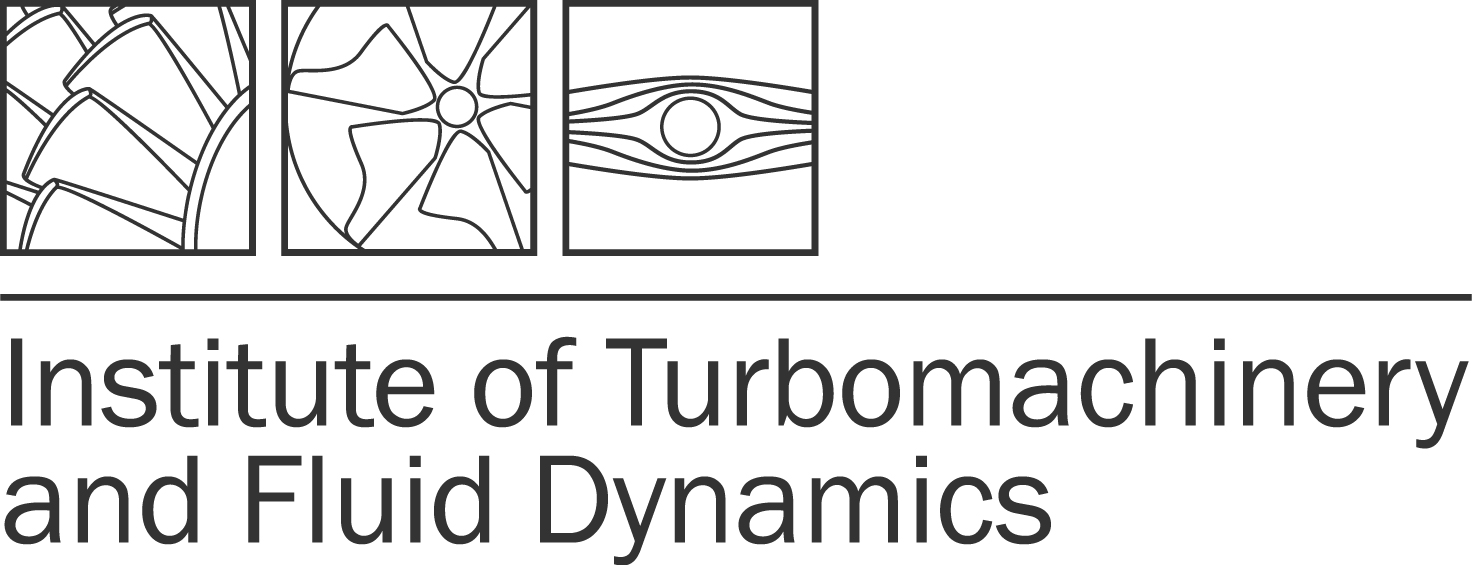Description
Areas of application
-
Blade vibration analysis: Detection of synchronous and non-synchronous vibrations in turbomachinery during operation
-
Mistuning investigations: Analysis of vibration differences between blades
-
Crack detection: Early detection of blade cracks through altered vibration characteristics
Functionality
Measurement variables: Resonant frequency and speed, amplitude, phase, engine order, node diameter, damping properties
- Measurement principle:
- Sensors record the arrival time of blades based on reflected laser light
- Deviations in the arrival time indicate vibration deflections
- Up to three simultaneous vibrations can be analyzed with eight sensors
Properties
-
Non-invasive procedure: No influence on the vibration system
-
Simple implementation: Detection of all blades without major instrumentation effort
-
No need for telemetry: Sensors are mounted in the housing
-
High temperature resistant: Can be used in extreme operating conditions, e.g. turbocharger turbines
-
Flexible use: System can be used on all TFD test benches





